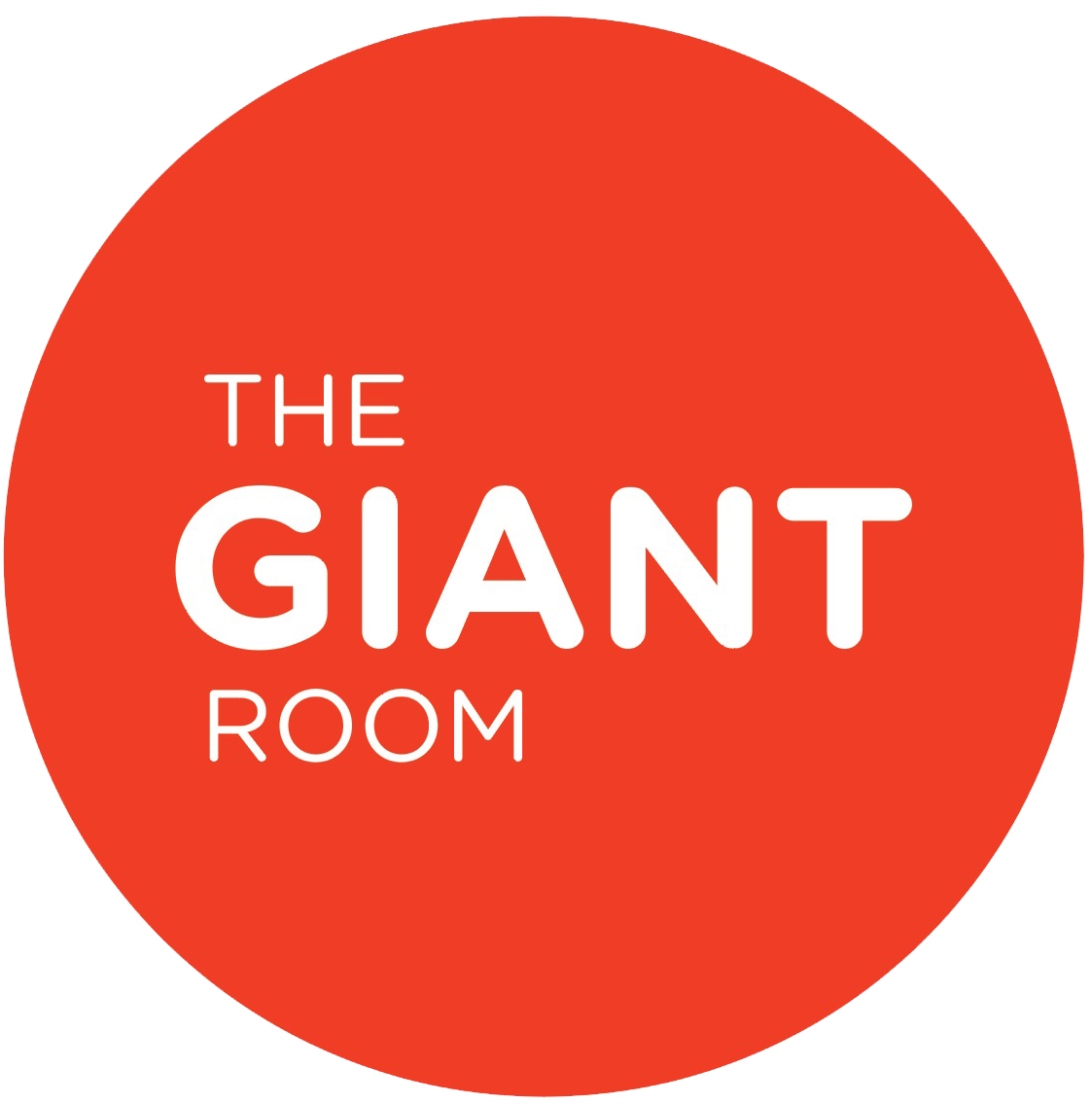STEAM (STEM + ARTS) News in Review: 3/4/2022
Our STEAM (STEM + Arts) News in Review for this week. Below are the articles we read and wanted to share. Enjoy!
Robots that help kids tell stories. We have all likely been comforted at one stage or another by a stuffed animal friend, but what if they could respond or prompt us to tell stories? In this article, check out PhD student, Layne Hubbard’s work that turns ordinary stuffed toys into robots that can help kids tell their stories—with the help of human-computer interaction technologies. The underlying technology listens to kids as they talk about things they’ve made, waits for them to pause, then prompts them with those open-ended questions. Her experiments have led to promising findings and she hopes to continue the work with toy companies as well as collaborating with the Digital Learning Lab and PBSKids on an effort to develop artificial intelligence for the TV show “Elinor Wonders Why.” Unexpectedly, the work also uncovered learnings like the need for more kid friendly or silly voices as AI voices!
CU Boulder Today: Robots help kids tell stories…with a little help from stuffed animals.
One for the debate team! Did you know Judge Ketanji Brown Jackson, recently nominated to the Supreme Court, was a top debater in high school? See how her debating experiences influenced her as she shares lessons and things she took away, “I learned how to reason and how to write,” she said, “and I gained the self-confidence that can sometimes be quite difficult for women and minorities to learn at an early age.” Her success as a nominee to the Supreme Court and potentially the first Black woman to serve on the Court is inspiring a new generation of debaters to dream big!
NYT: How a High School Debate Team Shaped Ketanji Brown Jackson
How can we help teach third graders data science? Data science is one of the most in-demand 21st century skills. Researchers from the Urban Institute have been studying how to teach data science with kids and created Data4Kids, a series of “data stories” that educators can use to teach data science concepts in their classrooms. So how do you do it? Ask kids about their dogs or other tangible things from their lives! Read here to learn more about what this looks like.
Edsurge: Can third graders learn data science?
Using STEAM to reconstruct faces of the past. Read this article to learn more about the amazing process combining science, tech, art, history, and creativity to bring to life faces from remains that are thousands of years old. Archeologist and pioneer in reconstructive practices, Oscar Nilsson begins his work by layering more than a dozen muscles made of clay onto a 3D printed replica of a recovered skull. For this reconstruction, DNA samples were unavialable from the remains so Nillson studied historic migration patterns to determine that the woman likely had light skin and dark hair. It took over 350 hours to complete the reconstruction!
National Geographic: This 4,000 year old skull just received a new face
A new Minecraft build promises to be able to teach anything! You read that right, one of the world’s most popular video games among kids is being studied as a serious tool for learning. Faculty from Concordia University recently published a new study including a framework for game-based instruction that uses the game as a sandbox for students to play and experiment with while achieving academic outcomes.

